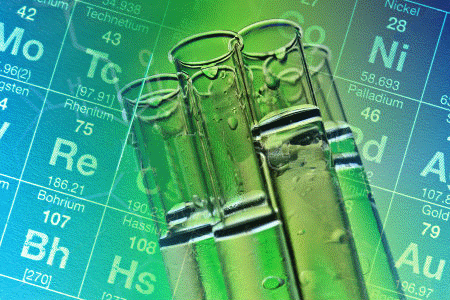 Electron configuration :
The chemical behavior of an atom is determined by its electron configuration – that is,
the distribution of electrons in the atom's electron shells.
Electron configuration :
The chemical behavior of an atom is determined by its electron configuration – that is,
the distribution of electrons in the atom's electron shells. The distribution of electrons in various orbits, or shells, in an atom is known as the electronic configuration of that atom. The electronic configuration gives each atom, and hence each element in nature, its unique physical and chemical characteristics.
The number of electrons in the outermost orbit decides the chemical nature of the atom. Stable atoms consist of filled outer most orbits. If this situation is not met, the atom is unstable and reacts with other elements to either give or borrow electrons. The tendency of atoms to donate or accept electrons to stabilize their outermost orbits is known as the valency of the element. In a very simple manner, valency can be imagined as the combining capacity of elements with each other. The electron configuration describes where the electrons are inside orbitals. The structure of the Periodic table of elements is partly based on electron configuration.
There are four kinds of electron configurations: s, p, d, and f orbitals. S orbitals are roughly sphere–shaped, p orbitals are shaped like a dumbbell, d orbitals are usually shaped like a four– leaf clover, and f orbitals form a mathematically complex shape. An atom can have more than one orbital: in fact, all except hydrogen do. Similarly, atoms can have more than one of each kind of orbital. The electron configurations fill up with electrons in an unchanging order.